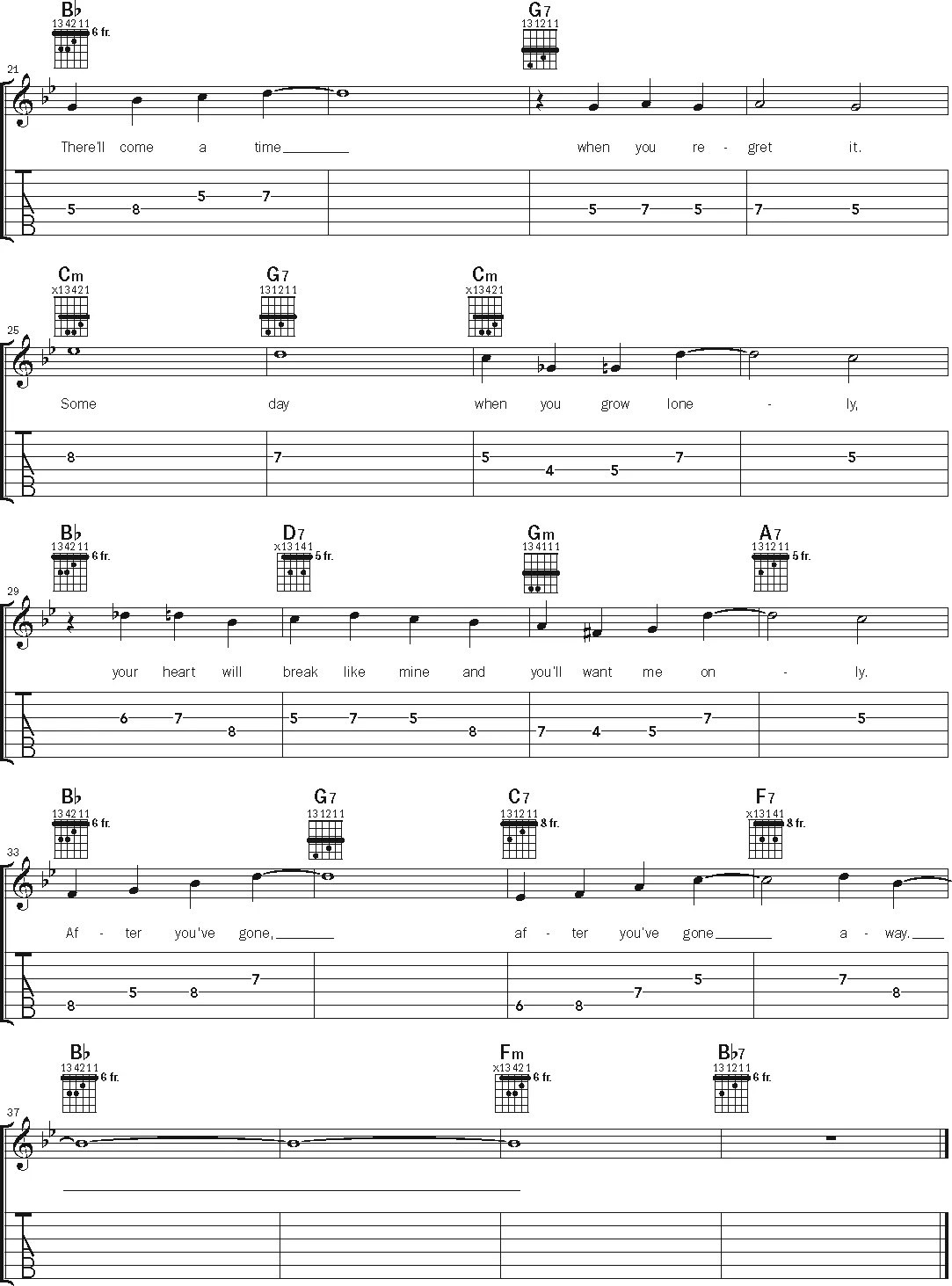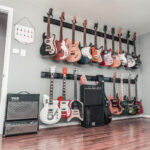If you’ve been playing guitar for a while, you’re likely familiar with open chords – chords that utilize open strings and are typically played in the first few frets. These chords, like G, C, D, and E, are foundational, but they only scratch the surface of what your guitar can do. To truly expand your musical vocabulary and access a wider range of sounds, you need to learn Bar Chords Guitar.
Bar chords, sometimes spelled “barre chords,” might seem intimidating at first. They require you to use your index finger to press down (or “bar”) multiple strings at once across a fret. Unlike open chords, bar chords don’t rely on open strings. This might feel like a challenge initially, but the rewards are immense. Mastering bar chords is the key to playing a vast array of chords across the entire guitar neck.
The beauty of bar chords guitar lies in their mobility. Once you learn a bar chord shape, you can move that same shape up and down the fretboard to create twelve different chords. This unlocks access to chords that might have seemed mysterious or complicated, like Bm, Ab7, or F#. In this guide, we’ll break down essential bar chord shapes and show you how to use them to play songs, opening up a new world of musical possibilities on your guitar.
Understanding Basic Barre Chord Shapes: The E Shape
Your first foray into bar chords guitar often starts with the E shape. Let’s look at the G major barre chord as shown in Example 1. To form this chord, your index finger acts as a “bar,” pressing down all six strings at the 3rd fret. Your middle, ring, and pinky fingers then take positions similar to an open E major chord shape, but shifted up the neck. Specifically, your middle finger goes on the 4th fret of the 3rd string, your pinky on the 5th fret of the 4th string, and your ring finger on the 5th fret of the 5th string.
 Barre chord diagrams
Barre chord diagrams
Example 1: E Shape Barre Chords – Major, Minor, and 7th
To understand the origin of this shape, think about using a capo. If you place a capo at the 3rd fret and play a standard open E major chord, you’re effectively creating a G major chord. The G barre chord is simply mimicking this – your index finger acts as the capo, allowing you to play the E shape higher up the neck.
By making slight adjustments to the E shape barre chord, you can create minor and dominant 7th chords. If you lift your middle finger from the G major barre chord, you get a G minor (Gm) barre chord. This is analogous to playing an open Em chord with a capo at the 3rd fret. Similarly, starting from the G major again, remove your pinky finger, and you get a G7 chord. Compare this to an open E7 chord shape with a capo at the 3rd fret – the similarities are clear.
These G, Gm, and G7 bar chords guitar shapes are all rooted on the 6th string, the thickest string. The root note is the fundamental note of the chord, the one that gives the chord its name. In these G chords, the lowest note, played on the 6th string at the 3rd fret, is G. This is crucial because if you move these shapes up or down the neck, the root note changes, and thus the chord changes. However, the quality of the chord (major, minor, or 7th) remains the same as you move the shape.
For instance, if you take the G7 barre chord shape and slide it up two frets, you get an A7 chord. It’s still a 7th chord shape, but now the root note is A (the note at the 5th fret of the 6th string). Slide the Gm shape up to the 8th fret, and you get a Cm chord because the note at the 8th fret of the 6th string is C. Conversely, move the G major shape down one fret to the 2nd fret, and you get an F#/Gb major chord, as the 2nd fret of the 6th string is F# or Gb.
Exploring A Shape Barre Chords: Rooted on the 5th String
There’s another essential family of bar chords guitar shapes that are based on the open A chord. For these, you only need to barre across the top five strings, as demonstrated at the 3rd fret in Example 2. Imagine placing a capo at the 3rd fret again. If you then play open A, Am, and the two-finger A7 chord shapes above the capo, you’ll see the connection to these barre chord forms.
To play a C major barre chord using the A shape, barre strings 5–1 with your index finger at the 3rd fret. Then, use your ring finger to barre across strings 4–2 at the 5th fret. Some players find it easier to use individual fingers for each note in this shape. An alternative fingering involves using your middle, ring, and pinky fingers on strings 4, 3, and 2 respectively at the 5th fret, rather than barring with the ring finger. Experiment to see which feels more comfortable for you. You can also choose to omit the highest note on the 1st string if needed, just ensuring the root and essential chord tones are clear.
Just like the E shape family, the C, Cm, and C7 chords derived from the A shape all have their root on a specific string – in this case, the 5th string. Therefore, they are known as fifth-string-root chords, to differentiate them from the E shape chords, which are sixth-string-root chords.
As you move each of these A shape bar chords guitar shapes up or down the neck, the chord’s name changes based on the note you are playing on the 5th string. For example, a C major chord shape moved up to the 6th fret becomes a D#/Eb major chord. A Cm shape shifted down to the 2nd fret becomes a Bm chord, and a C7 shape moved up to the 9th fret becomes an F#7/Gb7.
Putting it All Together: Playing a Song with Bar Chords
Now that you’ve learned the basic E and A shape bar chords guitar, let’s put them into practice with a song. “After You’ve Gone,” a classic swing tune composed in 1918 by Henry Creamer and Turner Layton, is an excellent choice. It’s been interpreted by countless artists, from jazz legends like Charlie Parker to guitar icons like Django Reinhardt.
The arrangement below utilizes all six of the barre chord shapes we’ve discussed. Working through this song will give you a fantastic practical understanding of how bar chords unlock new musical possibilities and allow you to navigate chord changes across the fretboard.
 Guitar notation for song
Guitar notation for song
By mastering bar chords guitar, you’re not just learning new chords; you’re gaining a deeper understanding of the guitar neck and unlocking a vast spectrum of musical expression. Practice these shapes, experiment with moving them around, and soon you’ll be playing chords you never thought possible, expanding your guitar playing horizons immensely.


